Walindi Plantation Resort and MV FeBrina

- Name
- Walindi Resort
- Location:
-
PO Box 04,
Kimbe, West New Britain Province, Papua New Guinea - Contact:
- +675 73734199
- Contact:
- +675 72348460
Last Updated
2014-10-07 10:42:29
Walindi Plantation Resort and MV FeBrina
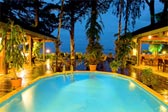
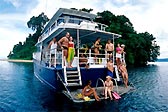

Walindi Plantation Resort
Walindi Plantation Resort, established in 1983, is an intimate dive resort situated on the shores of Kimbe Bay on the island of New Britain, Papua New Guinea. 12 fan-cooled beachfront bungalows and 8 standard plantation house rooms provide a perfect haven after a busy day of diving. Celebrating over 30 years of operation the resort's guest book reads like a Who's Who in the world of Sport Diving and Underwater Photography and the resort has been voted to have the "best diving from a resort anywhere in the world" by reader surveys.
Over 900 species of fish and 420+ species of coral at last count can be found within Kimbe Bay itself - that is over half the total world species of hard corals in one Bay, a truly remarkable statistic. Photographically spectacular, underwater images taken in the bay have consistently won the most prestigious underwater photography competitions in the world, including the Festival Mondial de L'Image Sous-Marine, Marseille, France.
Our staff strive to go the extra mile to ensure a comfortable dive experience. Your gear awaits you at the jetty, and will be stripped down and cleaned at the end of each diving day, while you relax and enjoy your vacation time. Three purpose built dive boats transport you to a diverse range of sites, most within 45 minutes of the resort. Diving operates every day on a 2 or 3 dive per day basis. Dive equipment is available for hire, along with nitrox. Walindi is also the home port to Papua New Guinea's premier live-aboard, MV FeBrina.
MV FeBrina
MV FeBrina, together with skipper/owner Alan Raabe, has been working in Papua New Guinea waters since 1991 when the vessel arrived at Walindi Resort. The quality diving experience MV FeBrina offers can be quantified by the high number of repeat clientele she enjoys.
FeBrina cruises from her home port, Walindi Plantation Resort, visiting areas further afield such as Witu Islands, Fathers Reefs, South Coast New Britain and Rabaul. FeBrina's signature itinerary is Kimbe Bay, Witu Islands and Fathers Reefs which is offered in April, May and June, September, October and November.
The crew on MV Febrina are some of the most experienced in Papua New Guinea, most having been with us for many years. Our dive guides know the area like the back of their hands and have the most amazing eye for sighting even the most elusive or tiny creatures.
Affiliation:
PADI, BSAC, DAN SEAP
Training Level:
DIVE MASTER
Boat Description:
Sites Visited:
The coral reefs around Walindi are extraordinarily rich. A recent coral count of Kimbe Bay revealed an incredible 420+ species of hard coral. This is over half the total world species in one Bay, a truly remarkable statistic which makes Kimbe Bay the "Coral Capital of the World". Over 900 species of fish have been recorded and this number will continue to grow as more research is done.
Witu Islands, to the north west of Kimbe Bay, are a remote group of islands with a wide variety of dive types to visit. The islands and reef are of volcanic origin and rise from very deep water. Garove Harbour is actually a submerged volcanic crater. Nutrient rich currents frequently waft across most reefs and as a result there is a profusion of life. Schools of pelagic fishes abound on the world renowned Lama Shoals, a sea mount rising to within 15 feet of the surface from the surrounding deep waters.
Fathers Reefs, to the north east of Kimbe Bay along the northern coast line of New Britain, are a series of off shore reefs, which are the sunken remains of a huge extinct volcanic caldera. The reefs have interesting topography with swim throughs and arches adorned with soft corals and other sea life. Being offshore, these reefs attract many pelagic species including shark, tuna, barracuda, turtles and rays, which all come in to feed off the prolific reef fish and other invertebrate species that have settled here.
Rabaul and the South Coast of New Britain are a critter lover's heaven. White sand beaches and uninhabited tropical islands stretch along the Southern coastline of the island of New Britain, with rainforest coming right down to the waters edge. There are some drift dives in the channels created between the islands, however the speciality of this region is the amazing variety of rarely seen and unusual critters.
Facilities:
- Own Boat(s)
- Gear Service
- Diving seven days
- Showers
- Own pool
- Own accommodation
- Nitrox fills
- Scuba hire
- Resort/Intro Dives
- Own Liveaboard(s)
Shopfront
-
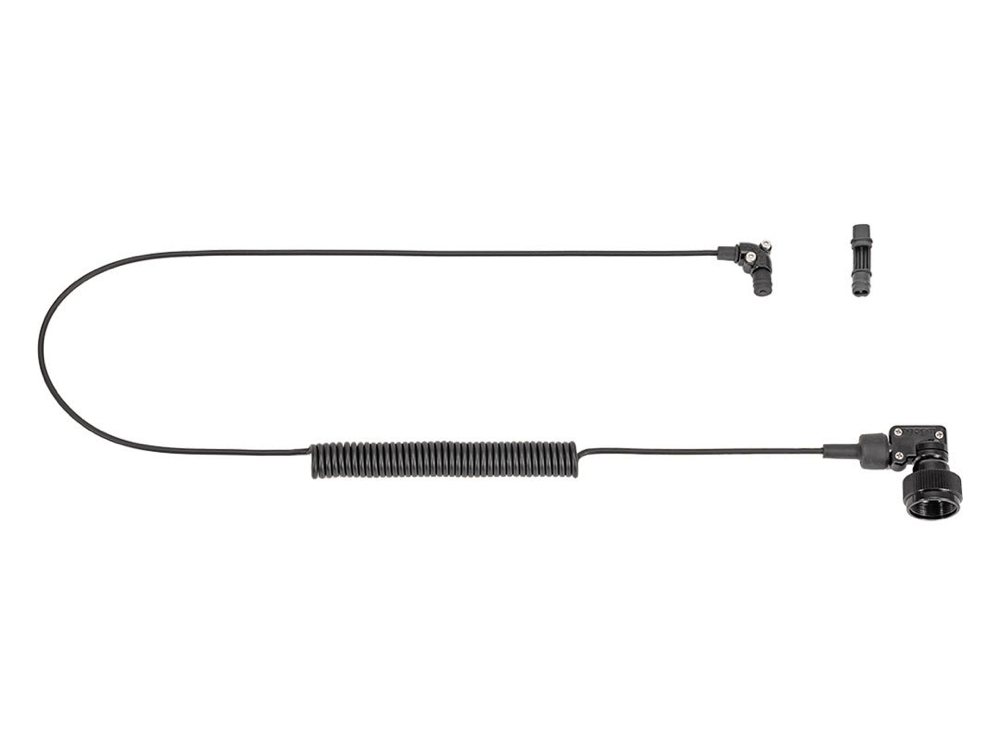 Inon Optical D Cable L Type L Rubber Bush Set 2
Inon Optical D Cable L Type L Rubber Bush Set 2
- 139.00
-
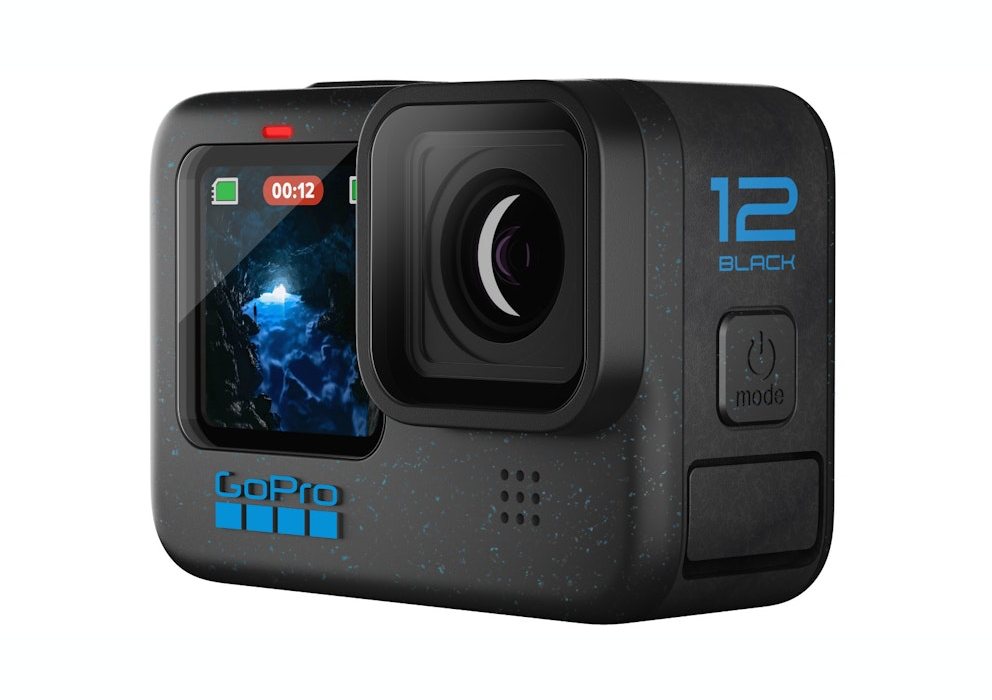 GoPro HERO12 Black Action Video Camera
GoPro HERO12 Black Action Video Camera
- 599.00
-
 AquaTech EDGE Base Camera Water Housings - Fujifilm mirrorless
AquaTech EDGE Base Camera Water Housings - Fujifilm mirrorless
- 1,249.00
-
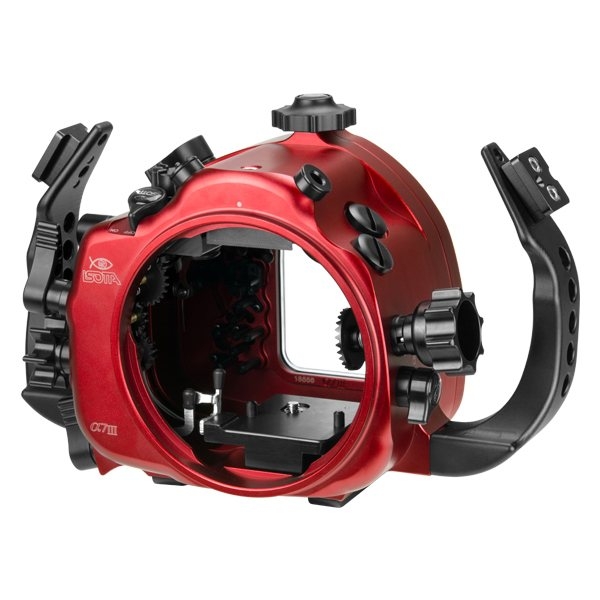 Isotta Underwater Mirrorless Camera Housings
Isotta Underwater Mirrorless Camera Housings
- 2,290.00
-
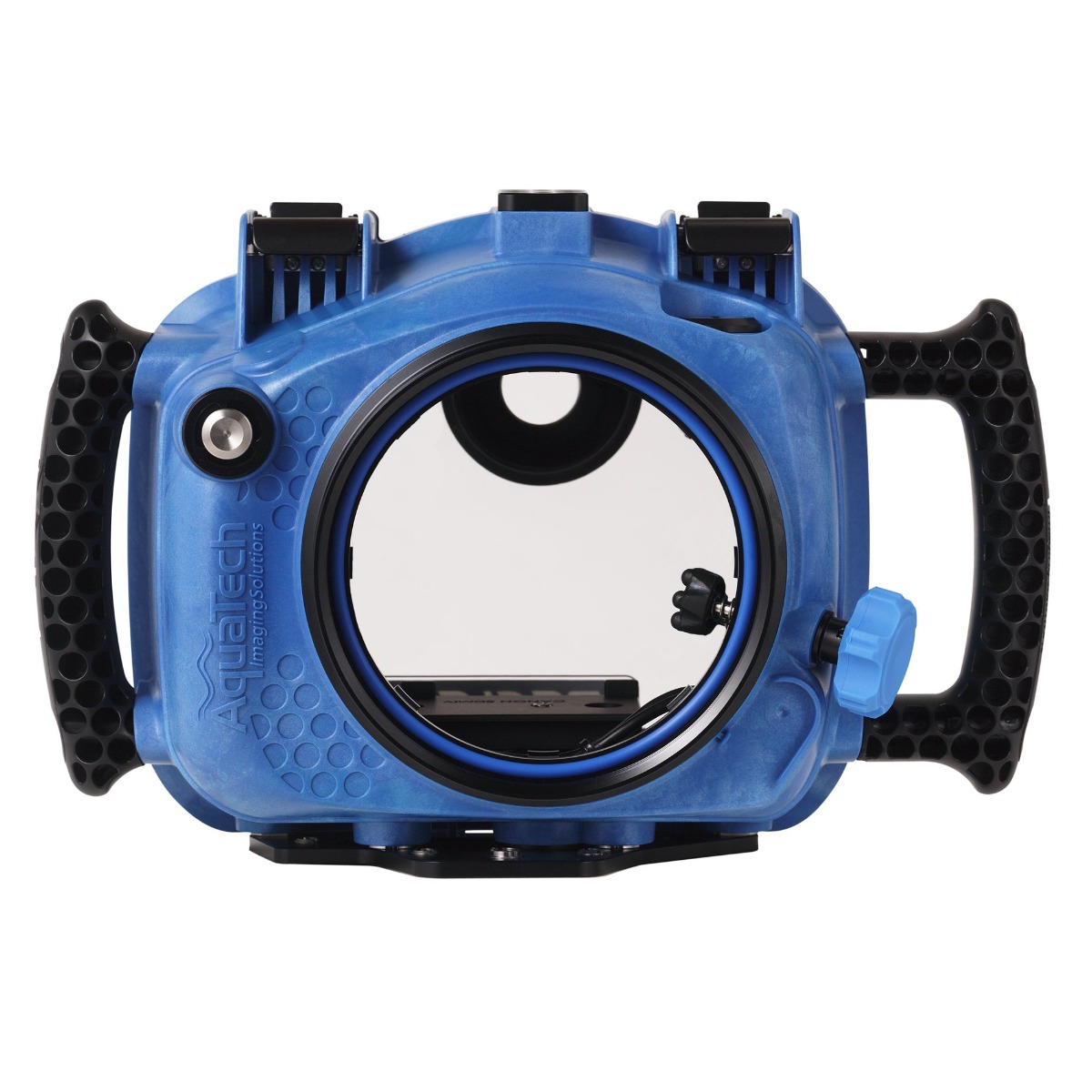 AquaTech Reflex Base Water Housing for Nikon D850
AquaTech Reflex Base Water Housing for Nikon D850
- 979.00
-
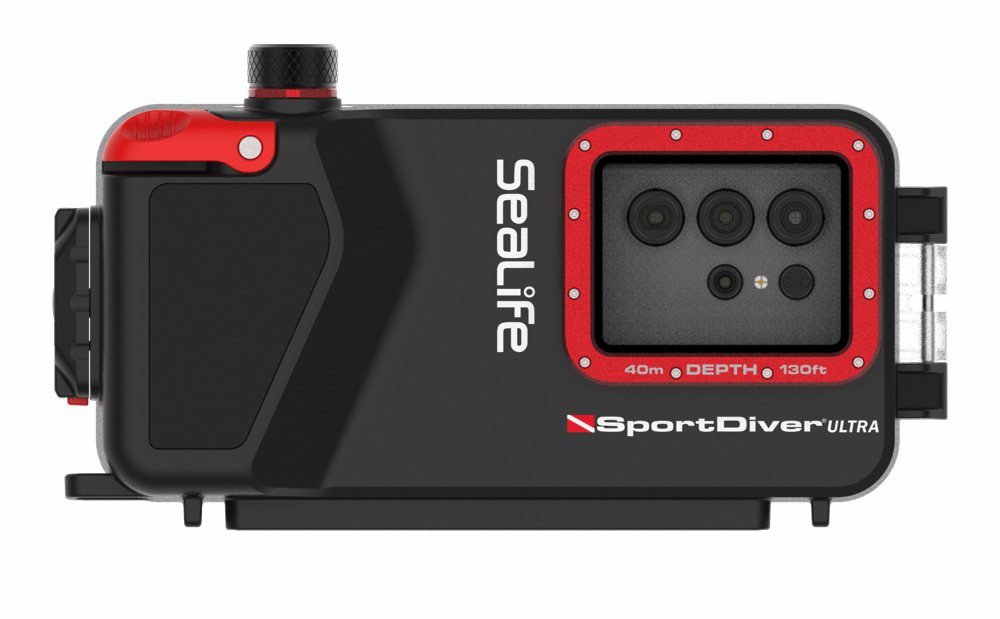 SeaLife - SportDiver ULTRA Underwater Smartphone Housing
SeaLife - SportDiver ULTRA Underwater Smartphone Housing
- 599.00
-
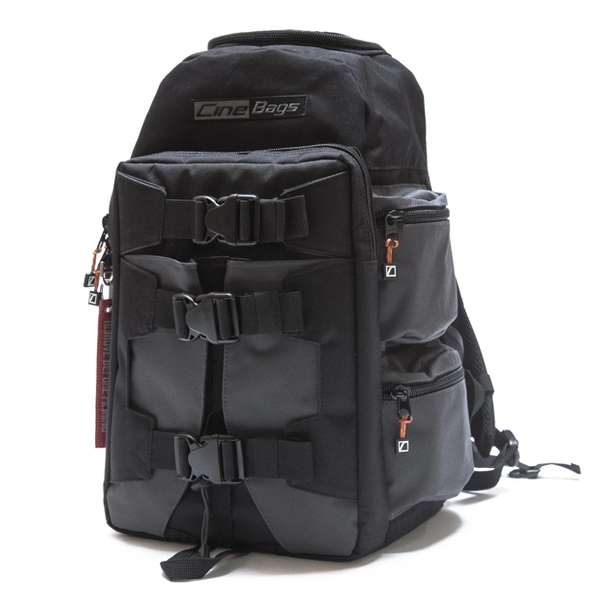 CineBags - CB23 DSLR Backpack
CineBags - CB23 DSLR Backpack
- 405.95
-
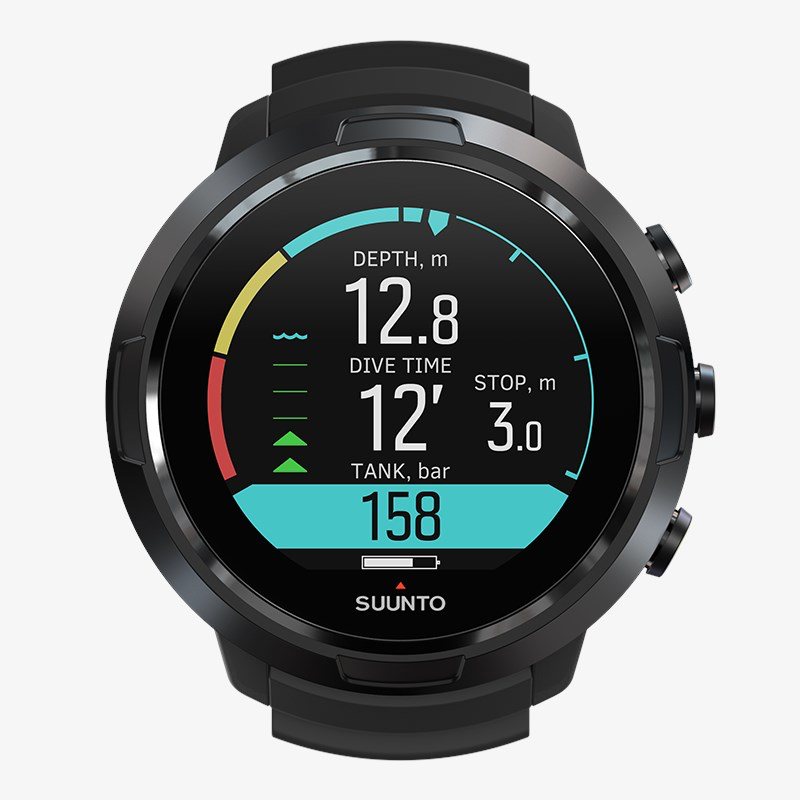 Suunto D5 Dive Computer with USB Cable
Suunto D5 Dive Computer with USB Cable
- 749.00
Articles
-
 Madang Madness
Madang Madness
-
by DanielaB
- How in god's name could "HE" have created such wonderful place and then kept it hidden away from all us mortals for so long? The crystal clear water, schools of big fish and warm tropical days all concealed from the world simply by a 12-hr flight back in time.
-
 Diving Papua New Guinea - Milne Bay
Diving Papua New Guinea - Milne Bay
- It is one of the few places left in the world where a diver can see macro critters, pelagics, and big stuff, as well as fantastic soft and hard corals. The often misused and abused adjective “pristine” is actually appropriate here, due to low fishing pressure in the area in comparison to other areas of the Coral Triangle, no dynamite fishing, and thanks to a system implemented by dive resorts whereby local reef "owners" receiving a small fee for every diver that visits "their" reef. As a result elders make sure that the reefs are not fished.

- Name
- Walindi Resort
- Location:
-
PO Box 04,
Kimbe, West New Britain Province, Papua New Guinea - Contact:
- +675 73734199
- Contact:
- +675 72348460
Last Updated
2014-10-07 10:42:29









